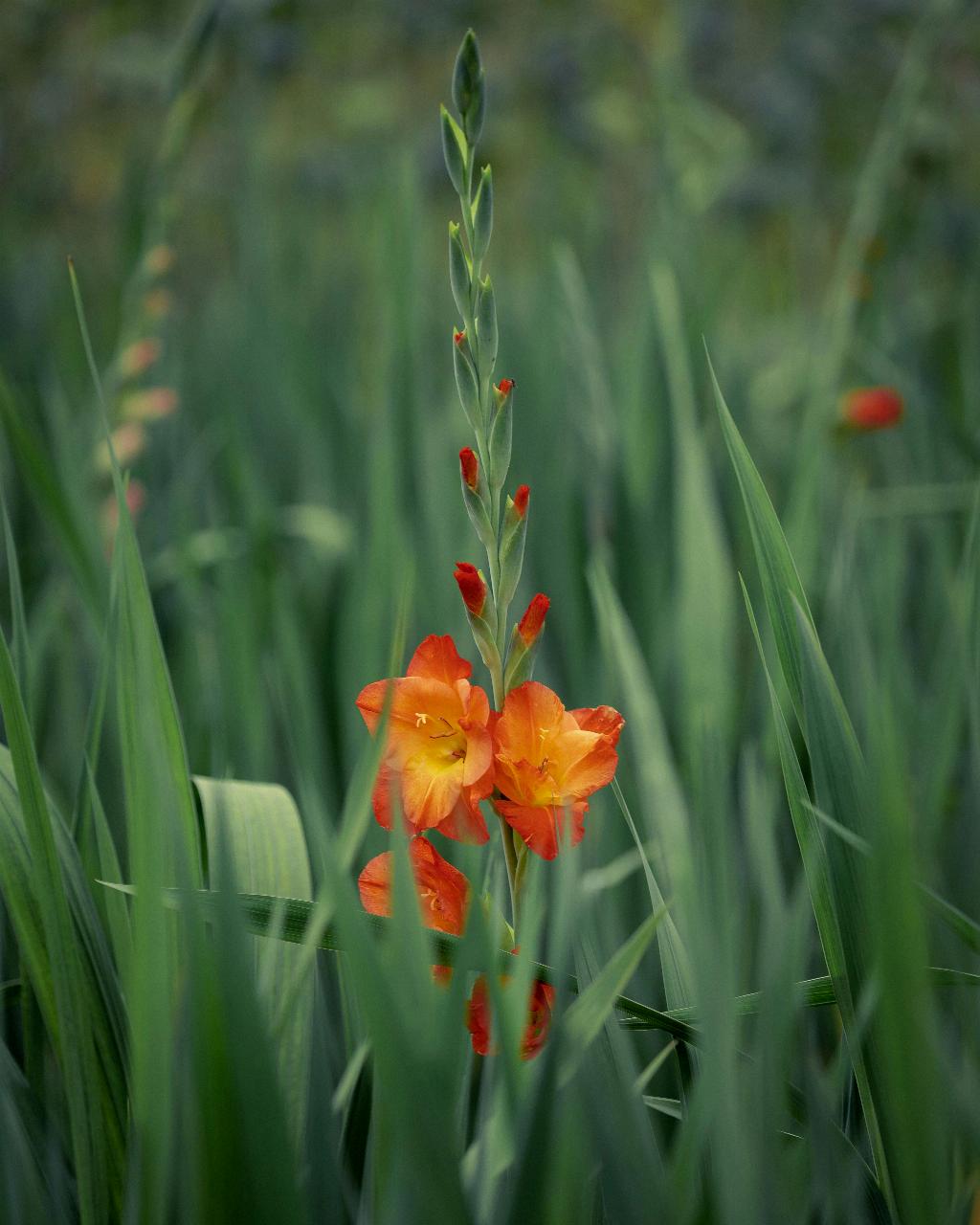When it comes to the question of whether Gladiolus is toxic to dogs, the answer is unequivocally yes. These beautiful flowers, popular in gardens and floral arrangements, contain substances that can be harmful to our canine companions if ingested. In fact, Gladiolus is considered one of the plants that are toxic to both dogs and cats, so it’s essential for pet owners to be aware of the potential risks.
While Gladiolus may add a vibrant touch to your garden or home decor, it’s crucial to exercise caution if you have a furry friend roaming around. Even a small amount of Gladiolus plant material can lead to a range of symptoms in dogs, including salivation, vomiting, drooling, lethargy, and diarrhea. These signs can manifest rapidly after ingestion, prompting the need for immediate veterinary attention.
One key point to note is that the highest concentration of the toxic component in Gladiolus is found in the buds of the plant. This means that dogs who ingest the buds are at an increased risk of experiencing more severe toxic effects compared to consuming other parts of the plant. Therefore, pet owners should be particularly vigilant when it comes to monitoring their dogs around Gladiolus flowers and taking measures to prevent accidental ingestion.
It’s essential for pet owners to be proactive in creating a safe environment for their dogs, which includes being knowledgeable about common household plants that pose a risk. Educating oneself about the potential dangers of plants like Gladiolus can help prevent accidental poisoning incidents and safeguard the well-being of our furry companions.
While we may enjoy the beauty and aesthetics of plants like Gladiolus, it’s crucial to remember that our canine friends may not share the same enthusiasm. Dogs explore the world around them through their mouths, making them vulnerable to ingesting toxic substances if precautions are not taken. Keeping potentially hazardous plants out of reach of pets is a fundamental step in pet-proofing our living spaces.
If you suspect that your dog has ingested any part of a Gladiolus plant, it’s vital to seek immediate veterinary assistance. Early intervention can significantly impact the outcome and increase the chances of a positive prognosis for your pet. Providing your veterinarian with information about the ingested plant can aid in determining the appropriate course of treatment.
Poison prevention is a crucial aspect of responsible pet ownership, especially when it comes to identifying and mitigating risks in our surroundings. Plants toxic to dogs, such as Gladiolus, should be treated with caution and respect to prevent unnecessary harm to our beloved pets. By staying informed and proactive, we can create a safer environment for our canine companions.
As pet owners, we have a duty to ensure the well-being and safety of our furry friends. Understanding the potential dangers of common household plants like Gladiolus empowers us to make informed decisions and take preventive measures to protect our dogs from accidental exposure to toxic substances. Vigilance and awareness are key components of responsible pet care.
It’s important to remember that even seemingly harmless plants can pose a threat to our pets if ingested. As such, pet owners should familiarize themselves with the signs of plant toxicity in dogs and be prepared to act promptly if their dog shows any concerning symptoms. Quick action can make a significant difference in the outcome of a poisoning incident.
In conclusion, Gladiolus is indeed toxic to dogs, and pet owners should exercise caution when cultivating or displaying these flowers in their homes. By prioritizing the safety and well-being of our four-legged companions, we can create a secure environment free from potential hazards. Ultimately, responsible pet ownership involves being proactive and informed to ensure the health and happiness of our beloved dogs.

